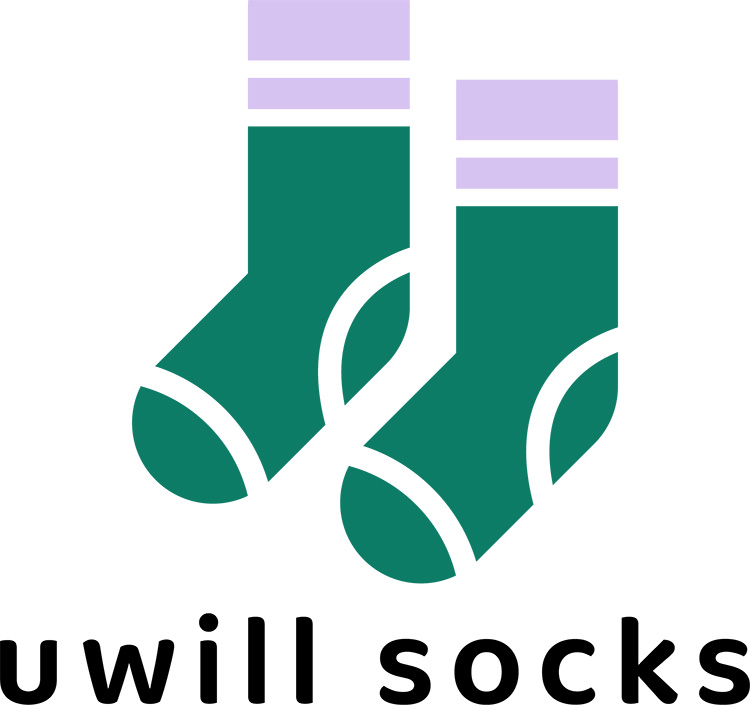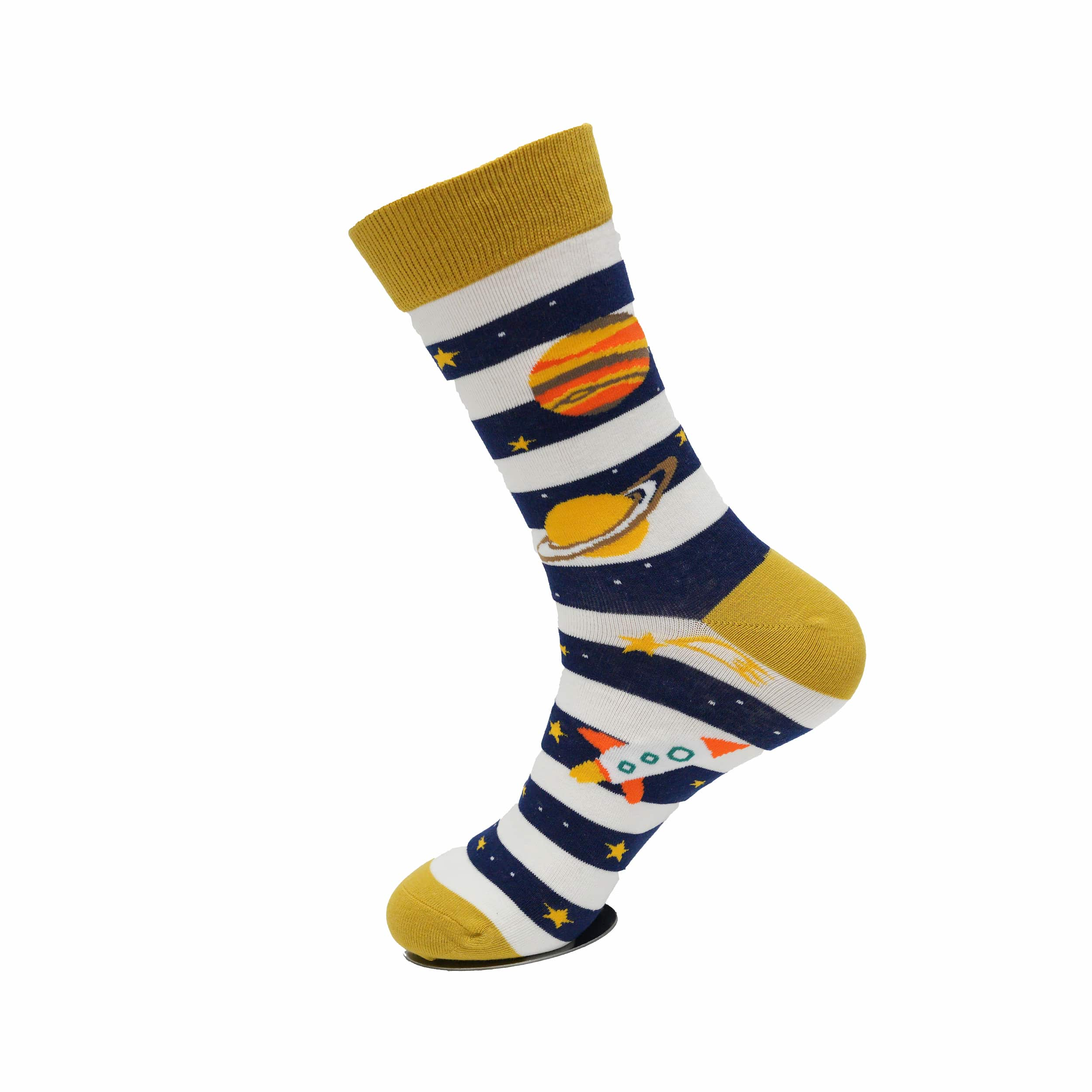Understanding the Distinctions Between ODM and OEM Sock Manufacturing
In the dynamic realm of sock manufacturing, two principal production models, Original Equipment Manufacturer (OEM) and Original Design Manufacturer (ODM), hold sway over the industry. While both models involve outsourcing production, they diverge significantly in aspects such as design responsibility, intellectual property rights, customization capabilities, and market positioning. This understanding is of utmost importance for brands and retailers aiming to source high – quality socks in an efficient manner.
OEM Sock Manufacturing
OEM, or Original Equipment Manufacturer, operates on a production model where the manufacturer crafts products strictly adhering to the detailed design specifications furnished by the client. In this setup, the client, typically a brand or a retailer, takes the lead in designing the sock. They meticulously specify the materials, colors, patterns, and even the packaging. Subsequently, the OEM manufacturer diligently produces the socks in accordance with these precise specifications.
Key Features of OEM
Design Responsibility: The onus of design and specification lies with the client.
Intellectual Property: The client retains ownership of the design and associated intellectual property rights.
Customization: A high degree of customization is achievable as the client wields control over the design.
Market Positioning: It is an ideal choice for brands desiring to maintain tight control over their product design and intellectual property.
Cost and Risk: Higher costs are incurred due to design and tooling expenses, and the development timeline is relatively longer.
ODM Sock Manufacturing
ODM, or Original Design Manufacturer, represents a model in which the manufacturer shoulders the dual responsibilities of both designing and producing the socks. Here, the ODM manufacturer conceives the product design and presents it to clients. The clients can then make minor customizations, such as altering the brand logo or packaging, before marketing the product under their own brand name.
Key Features of ODM
Design Responsibility: The manufacturer is the one who designs the product, and the client selects from the available designs.
Intellectual Property: Generally, the manufacturer owns the design, although clients may negotiate for exclusive usage rights.
Customization: Customization options are somewhat limited, typically restricted to branding and minor design adjustments.
Market Positioning: This model is well – suited for companies aiming to swiftly introduce products to the market with minimal investment in design.
Cost and Risk: Costs are lower, and the time – to – market is shorter as the design phase is already managed by the manufacturer.
Choosing Between OEM and ODM
For Unique Products: When a brand aspires to create a distinctive sock design that can capture attention in the market, OEM emerges as the superior choice. It offers complete design control and ensures that the brand holds the intellectual property rights.
For Quick Market Entry: ODM is the go – to option for companies eager to launch products rapidly without substantial investment in design and development. This is especially beneficial for startups or smaller brands looking to test the market waters.
Conclusion
Both the OEM and ODM sock manufacturing models come with their own set of advantages and are tailored to different business requirements. OEM provides greater control and customization but at a higher cost and longer development time, making it perfect for brands emphasizing unique product design and intellectual property ownership. Conversely, ODM offers a faster and more cost – efficient solution, ideal for companies seeking rapid market entry with less design investment. Comprehending these differences empowers sock manufacturers and brands to make well – informed decisions that are in line with their strategic objectives.




